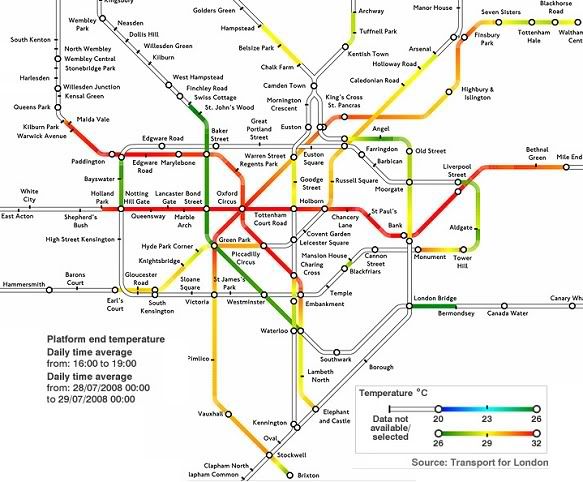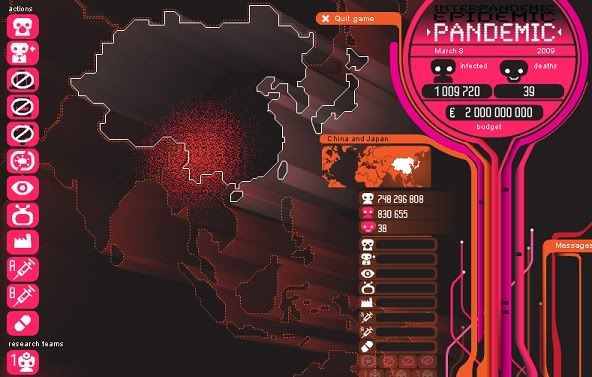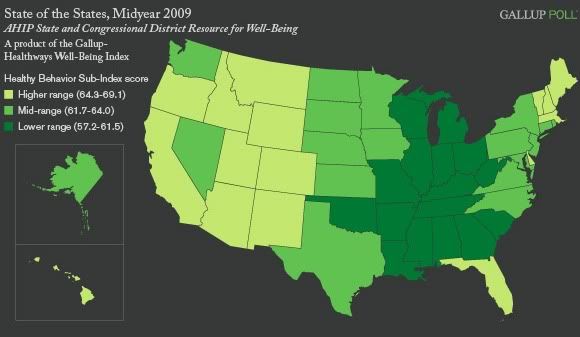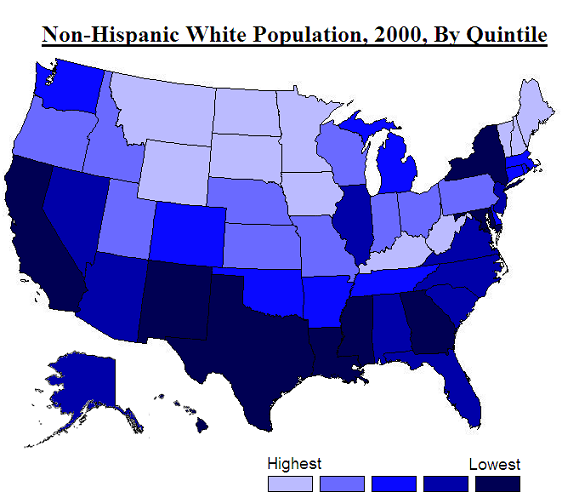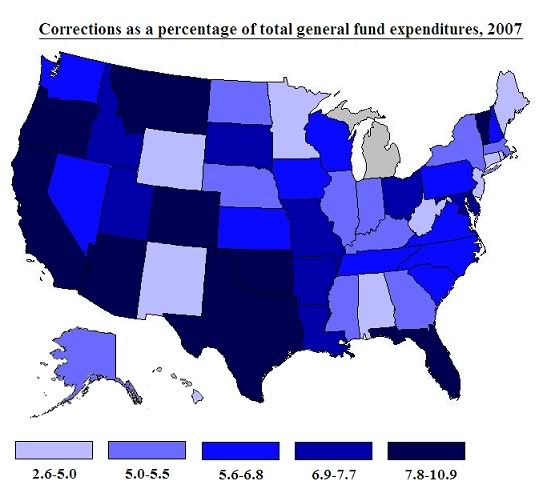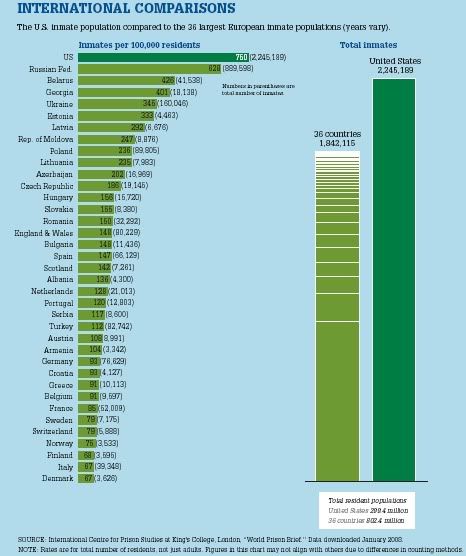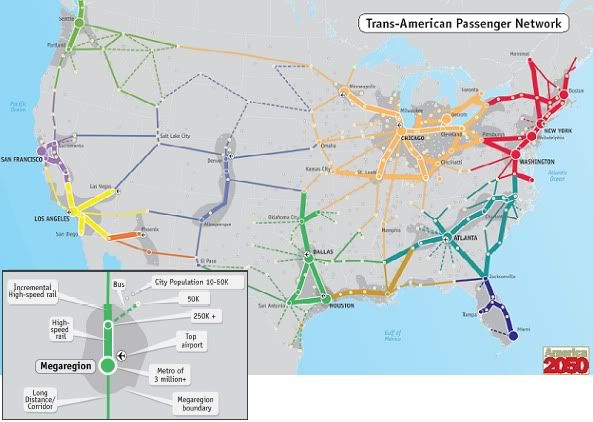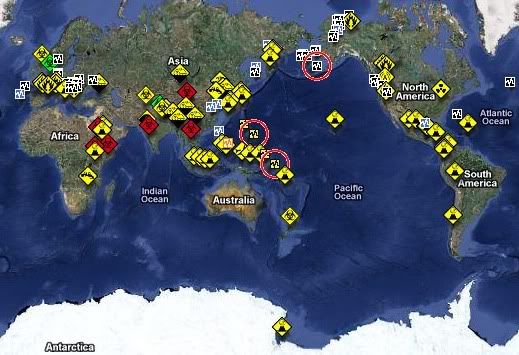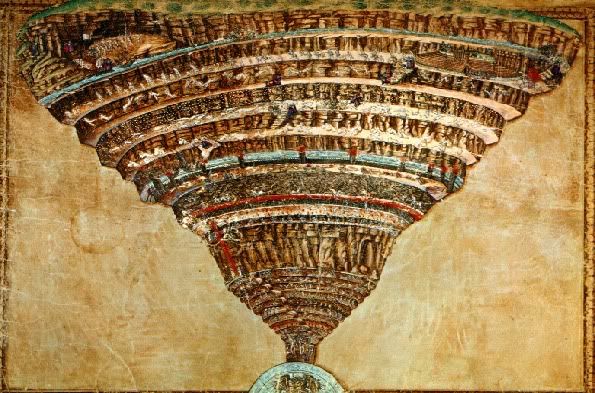
Botticelli's map of Dante's Inferno.
Here are descriptions of the nine circles, based on this tour of Dante's hell (with an assist from Wikipedia).
First Circle. Aka Limbo. The realm of non-sinners who don't get their Heaven ticket punched on account of being non-Christians. Includes green meadows and a nice castle - a sort of eternal retirement home for many of history's greatest poets and philosophers including Avicenna, Horace, Ovid, Aristotle, Socrates, Plato, Virgil and Homer. Sounds way, way cooler than Heaven itself.
Second Circle. Realm of the lustful - the "carnal sinners who subordinate reason to desire." Violent storms whip sinners' souls here to and fro. Some famous romantics ended up here, including Cleopatra, Dido, Achilles, and Helen.
Third Circle. A punishment for gluttons. Snowballs actually have a pretty decent chance here, as its inhabitants are forced to lie in a slushy mix of snow, hail, and freezing rain. Guarded by a three-headed dog.
Fourth Cirlce. Destination for the avaricious (though certain Christians might not realize their souls are headed here). Medievals saw this sin as "most offensive to the spirit of love." Actually, for Dante both the free-spenders and the tight-fisted would end up here, where they could annoy each other for all eternity.
Fifth Circle. A swampy place, and the realm of the angry, who take two forms: the wrathful (who express their anger), and the sullen (who repress it); the former spend eternity picking fights with each other, and the latter grumble and gurgle in a muddy bog. Beyond the fifth circle, the really heavy-duty hells begin, as the punished sins become more serious.
Sixth Circle. This hell reserved for heretics, who Dante defines as those who deny the immortality of the soul. They included epicureans, who saw the soul as mortal and enjoyed the boozin' and the feastin'. This circle also would seem to be more fun than Heaven, if not for the flaming tombs...
Seventh Circle. Getting into some serious damnation now... the seventh circle is for violent sinners - murderers, suiciders, blasphemers, userers, and sodomites. Those who commit violence against others are punished in a river of blood; those who do violence against themselves (suicides and "squanderers") are condemned to a horrid forest; a third region - a barren desert, torched by "flakes of fire" - is for those who commite violence against God.
Eighth Circle. Land of the fraudsters, including thieves, falsifiers, and specialists in fraudulent rhetoric, including "divisive individuals who sow scandal and discord." Presumably where Glenn Beck will find himself after the sad day he passes on. Punishments include being licked by flame and getting turned into a lizard.
Ninth Circle. The helliest hell of all and the realm of the worst of the worst: traitors. Like the third circle, it's a cold place, as the sinners in the ninth circle are entombed in ice at least up to their necks. Certain folks here like to gnaw on each other's heads. Satan is at the very center of this circle, waist-deep in ice, perpetually weeping, and munching on traitors (Brutus and Cassius in particular - one for each of his mouths).
Here's another map of Dante's hell - not quite as artful as Botticelli's version, but sort of mappier.
